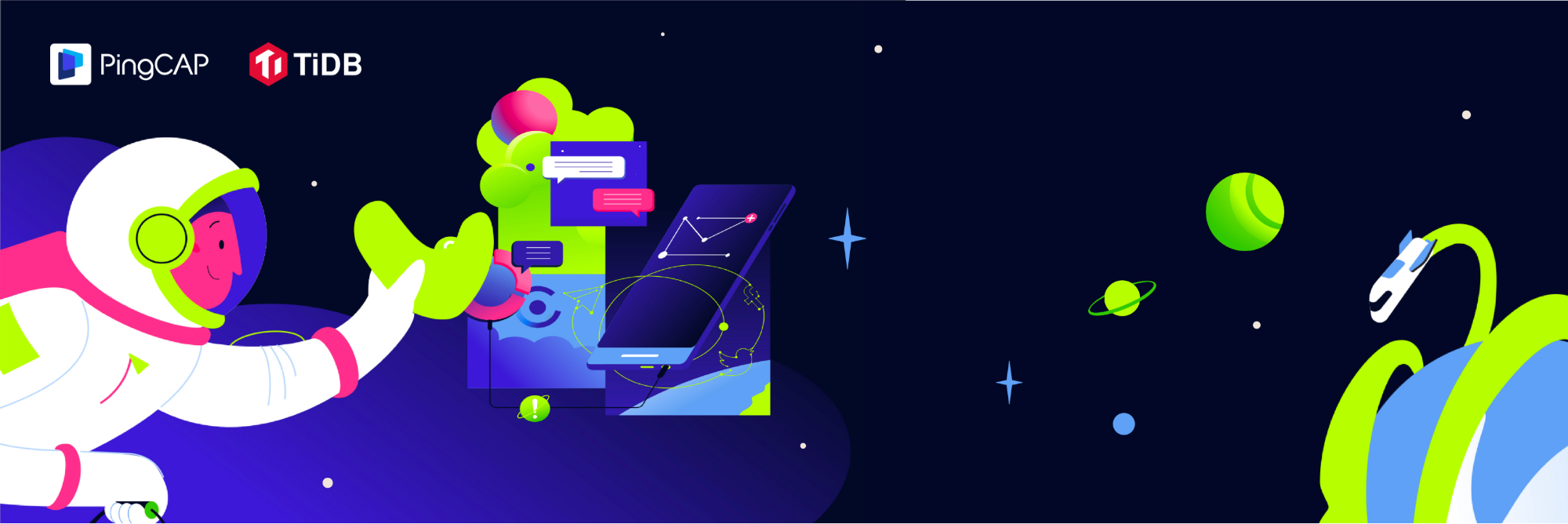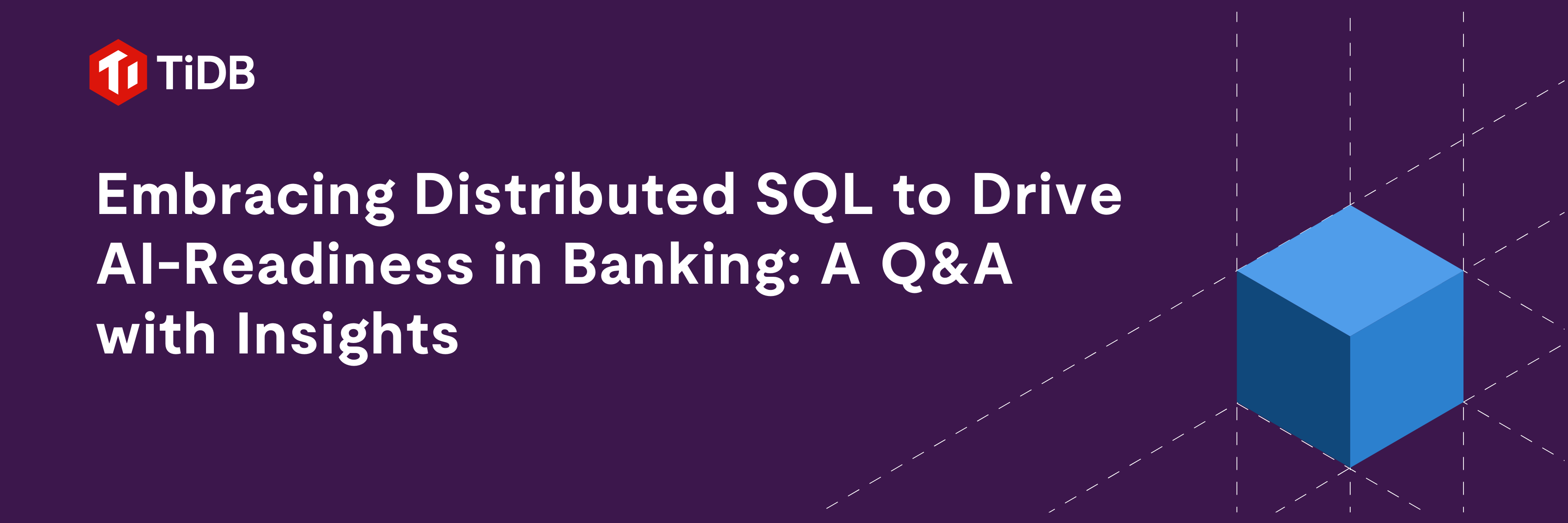
Executives around the world have been prioritizing digital transformation, with global spending predicted to reach 2.8 trillion U.S. dollars in 2025, up from 1.5 trillion today. At the same time, with enterprises growing rapidly, the volume of data they are collecting, managing, and analyzing daily has increased exponentially. Despite this massive growth, only 30% of digital transformation efforts are successful. While numerous factors may impede technological advancements, one common burden continues to be outdated database models that simply cannot keep up with the speed of business growth and the resulting surge of data flooding in.
Enterprises leveraging legacy databases could be stunting their digital transformation roadmap and, ultimately, their growth. Traditional databases are costly to manage, cannot process large-scale data transactions, and are highly prone to single-point failures. Enterprises must move beyond the use of obsolete technologies to fully embrace digital transformation.
Drawbacks of obsolete databases
Modern organizations are rapidly expanding their business by developing new applications, bringing new services to market, increasing their customer base, processing large-scale transactions, and more.
To meet these growing business demands, executives must make intelligent and informed decisions in real time. This means that data must be accessible and viewable when it is generated and collected. Through real-time insights, leaders can better understand their business performance, make business decisions based on the freshest data available, and proactively determine how to better cater to their customers or improve their business operations. Unfortunately, the lack of efficient database technology across enterprises often creates barriers to access and results in data silos.
Traditional systems designed for on-premise instances struggle to perform data analytics in real-time. These models require extract, transform, and load (ETL) tools and processes to transfer data between unique databases. The ETL process is time-consuming and laborious, as it can take days to complete data migration, and organizations are left making decisions based on outdated collations.
Furthermore, this approach can result in failures, out-of-sync issues, and constant, expensive maintenance, causing businesses to lose more money over time. Legacy databases cannot adapt to rapidly expanding data volumes and requests because they are built for smaller amounts of data and users. To alleviate these pain points, enterprises must move beyond obsolete platforms onto those relevant to their present and future needs.
Core components of a modern database
To solve the challenges captured above, enterprises need a flexible and reliable database that will enable them to make faster, more intelligent business decisions. With businesses becoming increasingly complex and supporting larger volumes of data and customer transactions, the ability to access concurrent data and conduct real-time analytics is crucial.
There are several key features of a modern database that enterprises should look out for when making their selection:
- Cloud-native architecture: Enterprises are progressively becoming cloud-first, and thus, on-premise technologies won’t suffice in our modern environment. By leveraging cloud-native databases, organizations can fully operate in public, private, or hybrid cloud environments while utilizing the cloud’s flexibility, scalability, and reliability.
- Hybrid transactional and analytical processing (HTAP) technology: HTAP architecture can quickly respond to transactional and big data analytical requests within the same database, ensuring organizations always work with the most current data available. This hybrid approach foregoes the need for ETL tools and enables organizations to conduct analytics with fresh data.
- High availability: High availability ensures database environments are consistently up and running, which prevents single-point failure, provides increased uptime and enhances performance. This guarantees data is always available and accessible, even if a component crashes.
- Open-source: Open-source databases are publicly accessible, enabling anyone to view, modify, and reuse the source code. This software development model provides enterprises and developers with considerable benefits, including flexibility, transparency, and cost savings, while allowing them to create a system that fits their unique requirements and business needs.
Embrace a modern database now
As modern enterprises process and support millions of transactions a day, outdated database platforms will only prevent them from achieving innovation and business growth.
With a cloud-native HTAP database that delivers several critical capabilities, decision-makers will be able to quickly extract data upon its creation and make well-informed business decisions. This will result in considerable cost savings, smoother business operations, and a significantly improved customer experience.
Are you ready to bid adieu to legacy database solutions? Are you ready to try a modern one with horizontal scalability, high availability, strong consistency, and HTAP capability? You’re welcome to join this Slack discussion and tell us about your considerations. You can also request a demo now.
This post was first published on Toolbox.
Spin up a Serverless database with 25GiB free resources.
TiDB Cloud Dedicated
A fully-managed cloud DBaaS for predictable workloads
TiDB Cloud Serverless
A fully-managed cloud DBaaS for auto-scaling workloads



